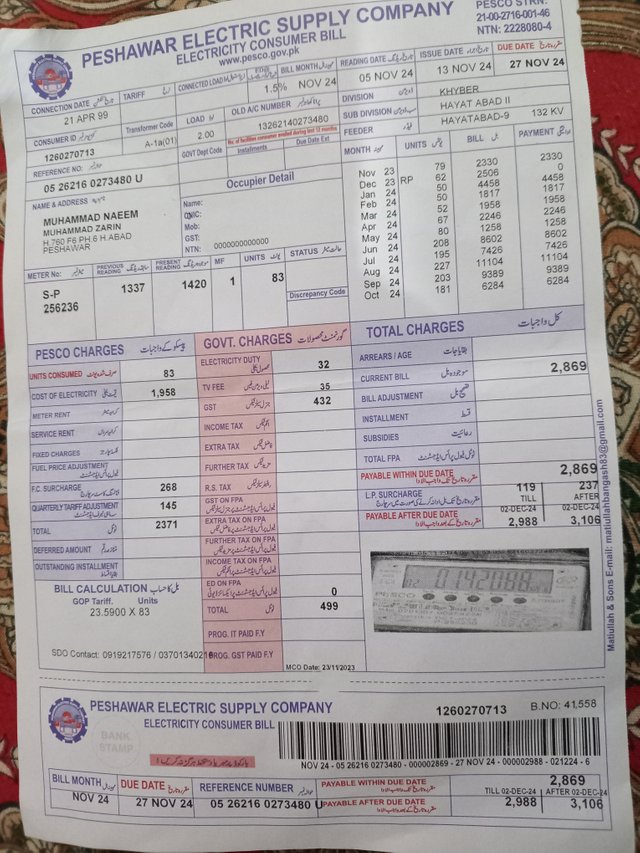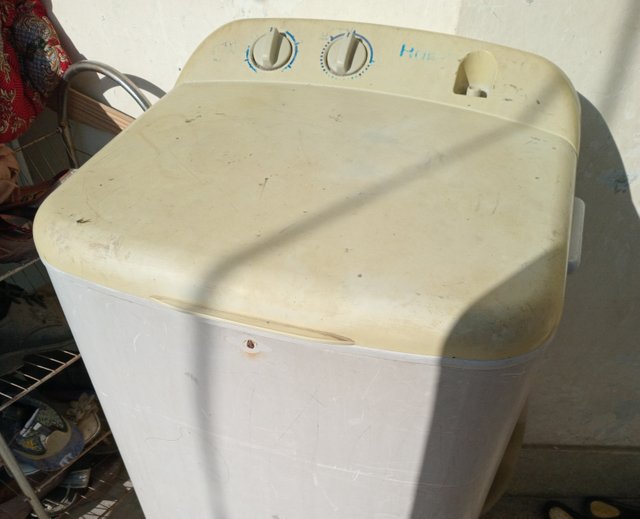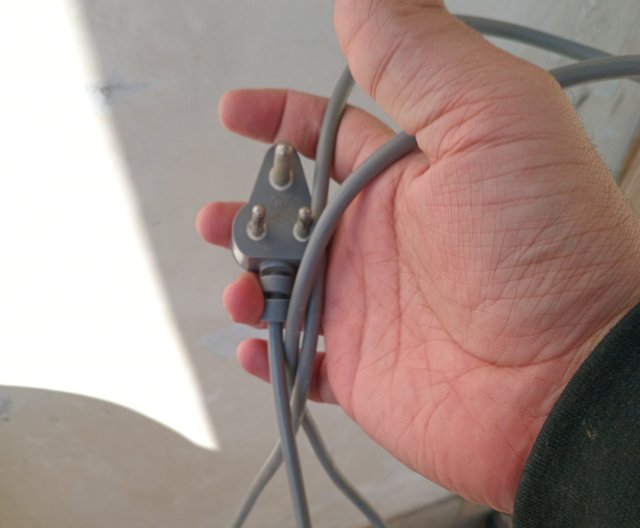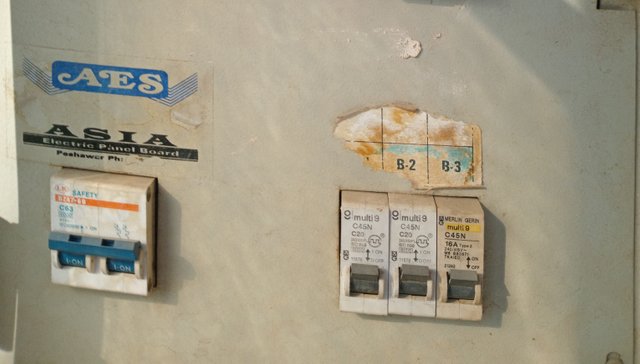SLC21/WK6: Electricity bill and Electrical Cable, Circuit Breaker size Calculation
Hello ever yone I hope you all are good
This is my entry for the final Week of Steemit Learning Chalenge 21. over the past weeks I have learn many useful thing about electricity likes how to calculated the power use by home appliance and how to manage electricity bill.

For this week I will show how to calculate a electricity bill and how to choose the right cable size for electrical system. These are importance topic because they help us save money and makes sure our electrical system are safe and efficients.
Key Differences Between XLPE and PVC Cables
| Aspect | XLPE (Cross Linked Polyethylene) | PVC (Polyvinyl Chloride) |
|---|---|---|
| Thermal Performance | Withstands temperatures up to 90 °C ( operating) and 250 °C (short circuit). | Withstands temperature up to 70°C (operating) and 160 °C (short circuit). |
| Mechanical Strength | Stronger more durable and resistant to wear and tear. | Less durable and prone to damage Under stres. |
| Insulation Properties | Superior electrical insulation with lower dielectric loses. | Good insulation but les efficient for high voltage application. |
| Picture |  |  |
| source of images | Source | source |
Key Differences Between Single Core Two Core and Three Core Cables
| Aspect | Single Core Cable | Two Core Cable | Three Core Cable |
|---|---|---|---|
| Number of Conductors | Contains one conductor wire inside the insulation. | Contains two conductors inside the insulation. | Contain three conductors inside the insulation. |
| Use | Used for simple connections like lights or fan. | Used for appliances that need two connections such as 220V motor. | Used for three-phase systems or three phase motors. |
| Applications | Common in low voltage applications. | Used in home appliances requiring dual connections (e.g. rice cookers motors). | Common for connecting motors and industrial applications requiring three phase power. |
| pictures |  |  |  |
| source of pictures | source | source | source |
In my country Pakistan the electricity rates change depending on the time of day. There are two main period: Peak Hours and Off Peak Hours.
Peak Hours: These are the hours when most people are using electricity like in the evening. In Pakistan the peak hour are usualy from 6:00 PM to 11:00 PM. During this time many people are at home using lights fans air conditioner and other electrical appliance. Because the demand is high the price of electricity is more expensive during these hours.
Off Peak Hour: These hours are when fewer people are using electricity. In Pakistan off peak hours are from 11:00 PM to 5:00 PM the next day. since there less demand for power the price of electricity is lower during this time. Its an good idea to run heavy appliance like waters heater or Washing machine during off peak hour to save money.
Electricity Bill Calculation for November 2024
My Home Load Calculation
| Electrical Element | Quantity | Rate (Watt) | Total Power (watt) |
|---|---|---|---|
| Light | 8 | 12 watt | 96 watt |
| Freezer | 1 | 120 watt | 120 watt |
| Iron | 1 | 150 watt | 150 watt |
| Washing Machine | 1 | 80 watt | 80 watt |
Step by Step Calculation

1. Daily electricity consumption for each element:
- Lights
96 Watt×6hours=576WH= 0.576KWH
- Freezer:
120Watt×24hours=2880WH=2.88KWH
- Iron:
150Watt×1hour=150WH=0.15KWH
- Washing Machine:
80Watt×2hours=160WH=0.16KWH
2. Total daily electricity consumption:
0.576+2.88+0.15+0.16=3.766KWH
3. Total electricity consumption for November 2024 (30 days):
3.766KWH×30=112.98KWH
4. Electricity units used this month:
However we have consumed 83 units this month.
5. Electricity bill per unit cost:
0.4099Steem
Total electricity bill for November 2024:
83 Units×0.4099Steem=34.02Steem
Final Answer:
We used 83 units this month and the total electricity bill for November 2024 will be 34.02 Steem.
Calculation of the Total Electricity Bill
- Data:
- Initial Peak Reading (R1): 2625.20 KWH
- Final Peak Reading (R1): 2665.26 KWH
- Initial Off-Peak Reading (R2): 9692.81 KWH
- Final Off-Peak Reading (R2): 9825.21 KWH
- Peak Rate: 1.5 Steem per KWH
- Off-Peak Rate: 1.0 Steem per KWH
Step by Step Calculations:
- Peak Consumption (R1):
R1 = Final Peak Reading - Initial Peak Reading
R1 = 2665.26 - 2625.20 = 40.06 KWH
Off Peak Consumption (R2):
R2 = Final Off-Peak Reading - Initial Off-Peak Reading
R2 = 9825.21 - 9692.81 = 132.40 KWH
- Total Consumption:
Total KWH = R1 + R2
= 40.06 + 132.40 = 172.46 KWH
- Electricity Bill for Peak Hours:
= R1 times Peak Rate
Peak Bill = 40.06 times 1.5 = 60.09 Steem
- Electricity Bill for Off Peak Hours:
Off Peak Bill = R2 times Off-Peak Rate
Off Peak Bill = 132.40 times 1.0 = 132.40Steem
- Total Electricity Bill:
Total Bill = Peak Bill + Off-Peak Bill
Total Bill = 60.09 + 132.40 = 192.49 Steem
Final Answer:
- Peak Consumption (R1): 40.06 KWH
- Off-Peak Consumption (R2): 132.40 KWH
- Total Consumption (KWH): 172.46 KWH
- Total Electricity Bill: 192.49 Steem
Designing Electricity Bill in Excel
.png)
To set up a 20 Ampere 220 Volt washing machine at home considering power factor (PF) of 0.9 the following step can be takes :
1. Calculated the Power Requirement:
To calculate the power requirement for the washing machine we use the formula:

P = V * I * PF
Where:
- P is the power in watts (W)
- V is the voltage in volts (220 V)
- I is the current in amperes (20 A)
- PF is the power factor (0.9).
Substituting the values into the formula:
P = 220 times 20 times 0.9 = 3960 W
Thus the washing machine will need 3960 watts of power.
2. Determine the Cable Size:

The appropriate cable size is chosen based on the current to ensure safe operation. For a 20 A load a 4 mm² copper cable is typically recommended. For added safety especially if the cable has to cover a longer distance you could opt for a 6 mm² cable.
- For a short distance 4 mm² copper cable should suffice.
- For longer distances or to ensure better safety and efficiency 6 mm² is a better choice.
3. Determine the Circuit Breaker Size:
The circuit breaker needs to be sized to handle the current and provide protection in case of overloading. A general rule for choosing a breaker is:
Circuit Breaker Size = 1.25 text Full Load Current
For a 20 A load the circuit breaker size would be:
Circuits Breaker Sized = 1.25 time 20 = 25 A
Therefore a 25 A circuits breaker should be using to protect the circuit.

Summary:
- Cable Size: Use 4 mm² coper wires (for shorter distance) or 6 mm² (for longer distance).
- Circuit Breaker Size: A 25 A circuit breaker is recomment.